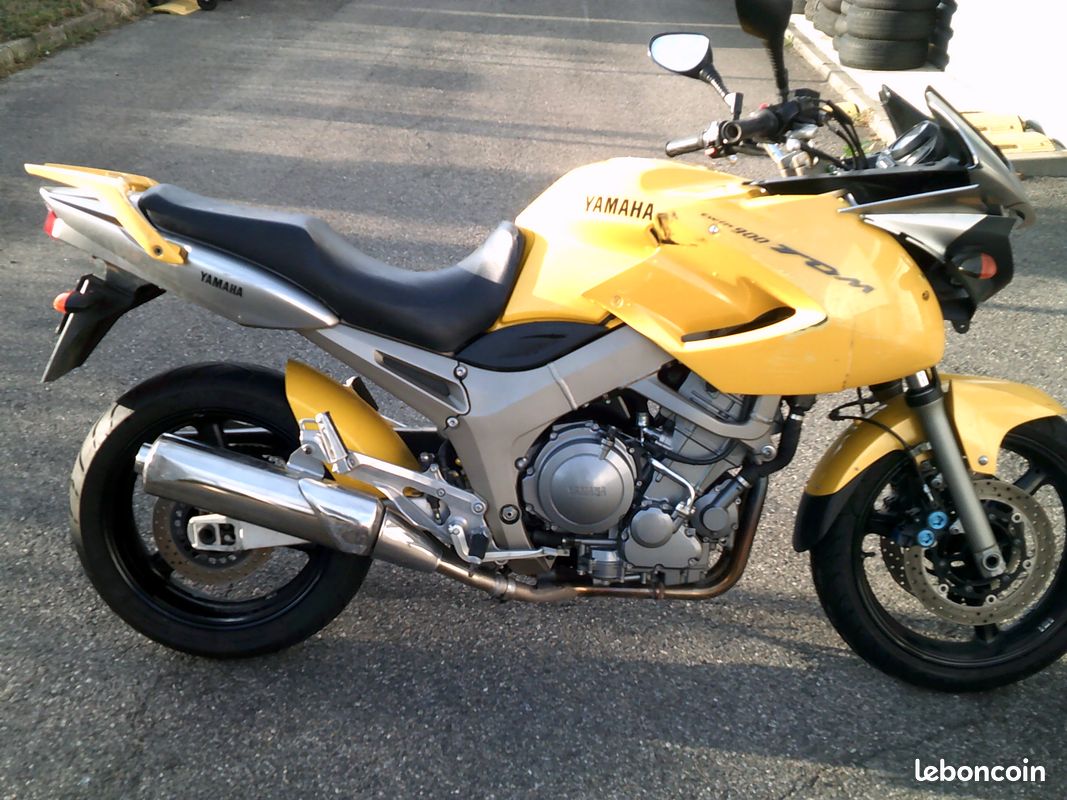Yamaha TDM900 – Ultimate Guide to Specs, Price & Performance
Yamaha TDM900 – Ultimate Guide to Specs, Price & Performance
Blog Article
Introduced in 2001 as the successor to the TDM850, the Yamaha TDM900 was a motorcycle that combined sport-touring practicality with distinctive styling and versatile performance. It became a popular choice for riders seeking a comfortable long-distance machine that could also handle twisty backroads with enthusiasm. This guide dives deep into everything you need to know about the Yamaha TDM900—from its technical specifications and pricing to how it performs on real roads.
Overview of the Yamaha TDM900
The TDM900 was designed as a dual-purpose road bike, built to bridge the gap between adventure touring and sport motorcycling. Yamaha took the proven TDM850 concept and refined it with improved suspension, updated styling, and a more powerful engine.
Design and Ergonomics
Sporty Yet Comfortable
The TDM900’s upright riding position, wide handlebars, and comfortable seat made it a go-to choice for long-distance riders. The bike was built with ergonomics in mind, offering a relaxed geometry suitable for both urban commuting and high-mileage touring.
Styling Features
The TDM900 retained its predecessor’s quirky dual-headlight look, but with sharper lines and a sleeker fairing. It had a tall stance and a noticeable windscreen to help with high-speed wind deflection. Its distinctive silhouette made it stand out from more conventional sport or touring bikes.
Engine and Performance
Technical Specs
Engine Type: 897cc liquid-cooled, 4-stroke, DOHC, parallel-twin
Bore x Stroke: 92.0 mm x 67.5 mm
Compression Ratio: 10.4:1
Max Power: ~86 hp (63 kW) at 7,500 rpm
Max Torque: ~88 Nm at 6,000 rpm
Fuel System: Electronic fuel injection
Transmission: 6-speed manual
Final Drive: Chain
Yamaha’s 897cc parallel-twin engine was the centerpiece of the TDM900, delivering a solid punch of torque across the rev range. Its unique 270-degree crankshaft gave the engine a character reminiscent of a V-twin, with a deep exhaust note and excellent traction in low- to mid-range RPMs.
Performance Characteristics
The TDM900 was never meant to be a high-revving sportbike, but it was no slouch either. Thanks to its strong mid-range torque, it accelerated briskly and handled overtakes with ease. With a top speed of around 130–135 mph (210–220 km/h), it was more than capable of spirited rides through mountain passes and open highways.
Its torque curve made it ideal for real-world riding conditions, particularly in urban environments and on winding country roads.
Handling and Suspension
Frame and Chassis
Frame: Die-cast aluminum Deltabox-style frame
Front Suspension: 43 mm telescopic fork, adjustable preload
Rear Suspension: Swingarm (link suspension), adjustable preload and rebound damping
Front Brake: Dual 298 mm discs with 2-piston calipers
Rear Brake: Single 245 mm disc
The Deltabox aluminum frame provided a stiff, lightweight structure that contributed to precise handling. The long travel suspension soaked up imperfections in the road while still providing firm support in corners. The bike's relatively high ground clearance also made it more suitable for rougher backroads, though it was not intended for serious off-road use.
Fuel Economy and Tank Range
Fuel Tank Capacity: 20 liters (5.3 US gallons)
Fuel Consumption: Approximately 5.0–5.5 L/100km (45–47 mpg)
The TDM900’s fuel efficiency was impressive for a bike of its size and class. With a full tank, riders could expect a comfortable range of around 360–400 kilometers (225–250 miles), making it excellent for long-distance travel without frequent refueling stops.
Electronics and Features
While relatively minimalist compared to today’s motorcycles, the TDM900 offered modern essentials for its time:
Digital/analog hybrid instrument cluster
Trip computer and fuel gauge
Adjustable brake and clutch levers
Optional ABS on later models (post-2004)
12V accessory socket (aftermarket or dealer option)
The lack of advanced electronic rider aids like traction control or ride modes might be considered a drawback by modern standards, but many riders appreciated the bike’s mechanical simplicity and reliability.
Price and Market Availability
New and Used Market Prices
When launched, the Yamaha TDM900 was priced competitively at around €9,000–€10,000 (approx. $10,000–$11,000 USD at the time), placing it in the mid-range touring market. Today, it remains a bargain on the used market:
2002–2005 models: $2,500–$4,000 USD
2006–2010 models: $3,500–$5,500 USD
Condition, mileage, and maintenance history can significantly affect resale value.
Since the model was discontinued in 2010, well-maintained examples have become increasingly sought after by enthusiasts who value its unique riding experience.
Parts and Maintenance
Genuine parts are still available through Yamaha dealers and aftermarket suppliers. Maintenance is relatively straightforward thanks to the bike’s accessible layout and robust design. Valve clearance checks are required every 26,000 miles, while oil, filters, and chain care follow standard intervals.
Pros and Cons
Pros
Strong and reliable parallel-twin engine
Comfortable upright riding position
Good fuel range and efficiency
Distinctive styling
Excellent for mixed road conditions
Cons
No advanced electronics or rider aids
Tall seat height (not ideal for shorter riders)
Niche market means limited aftermarket accessories
Suspension may feel soft for aggressive sport riding
Who Should Buy the Yamaha TDM900?
The TDM900 is an excellent choice for riders who:
Want a practical and comfortable long-distance bike
Appreciate torque-rich engines with unique character
Prefer minimal electronics and a focus on rider skill
Seek a bike that’s versatile enough for commuting, touring, and weekend fun
It’s not the right bike for riders who demand cutting-edge performance or crave off-road capabilities. However, it’s ideal for seasoned riders looking for a trustworthy, do-it-all motorcycle.
Conclusion
The Yamaha TDM900 remains a unique and underrated gem in the sport-touring segment. With its dependable parallel-twin engine, solid chassis, and all-day comfort, it still holds strong appeal to riders even years after its discontinuation. It may not have the flashiest electronics or newest tech, but its blend of character, practicality, and performance makes it a smart pick for those seeking a bike that truly does it all.
If you’re in the market for a motorcycle that’s equal parts commuter, tourer, and twisty-road toy—with a proven track record of reliability—the Yamaha TDM900 deserves a serious look.
Report this page